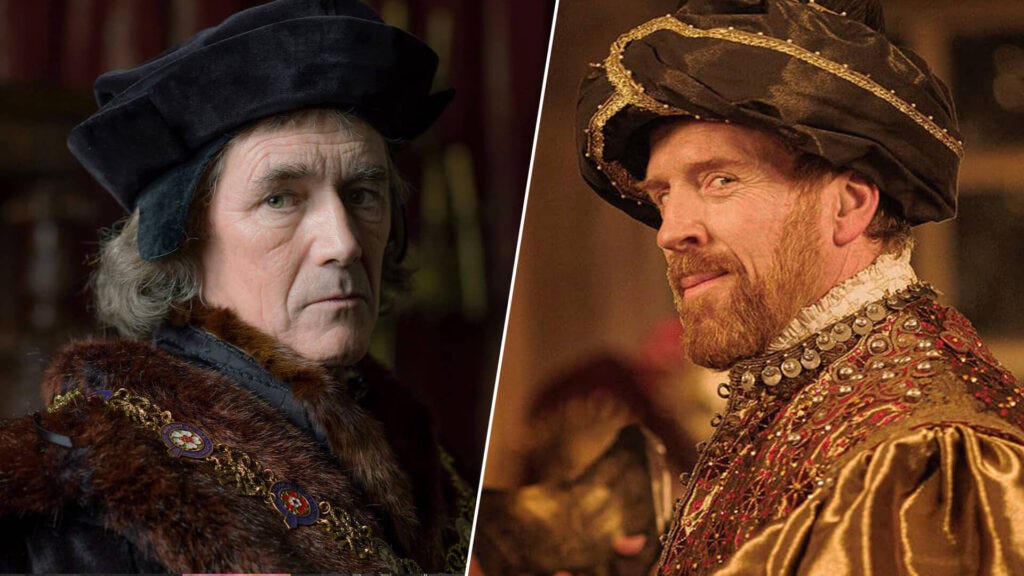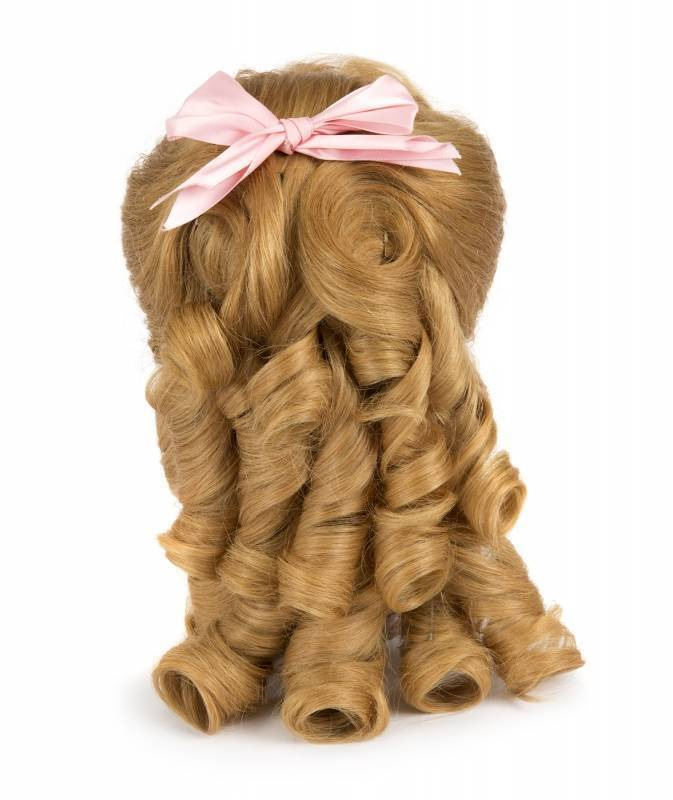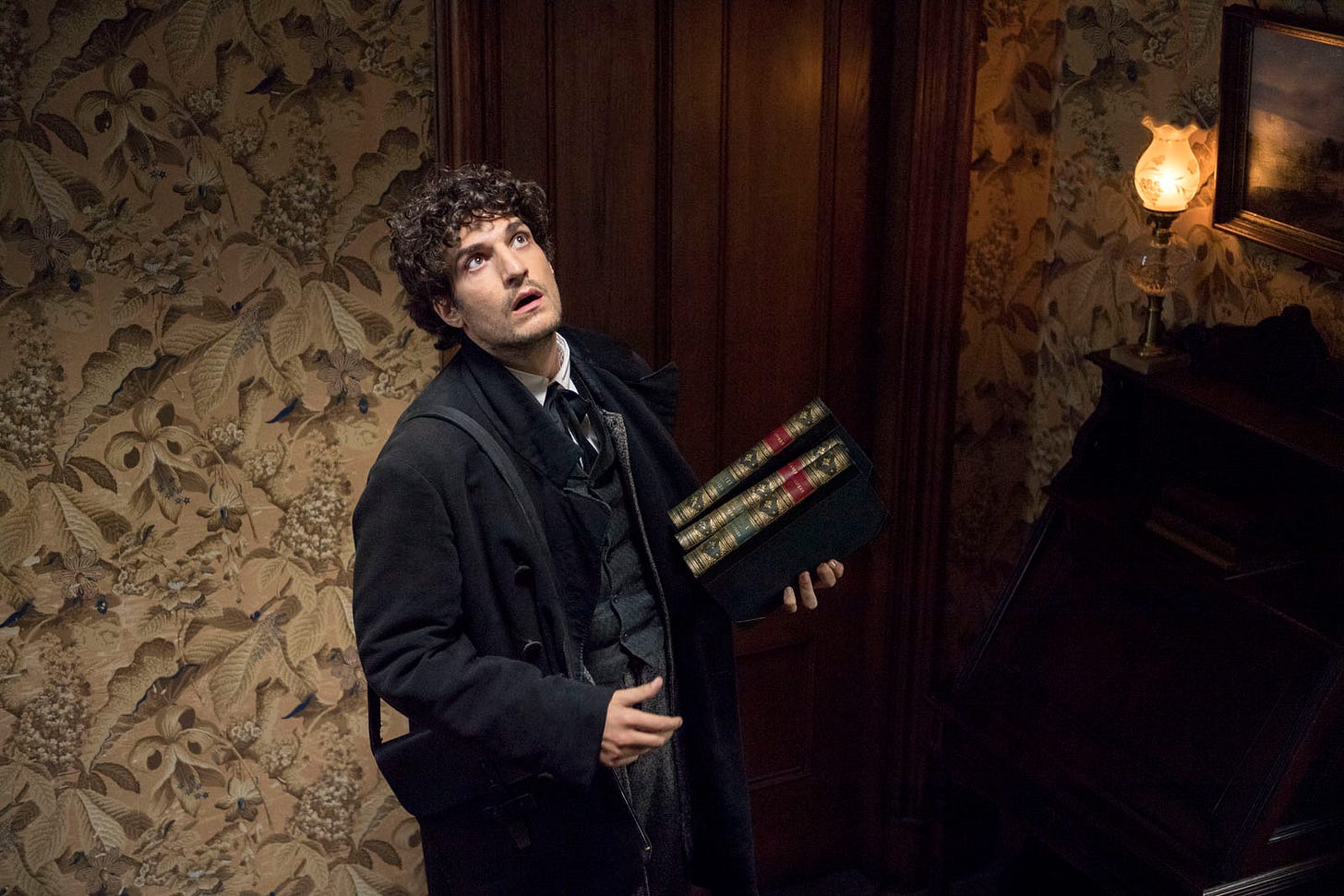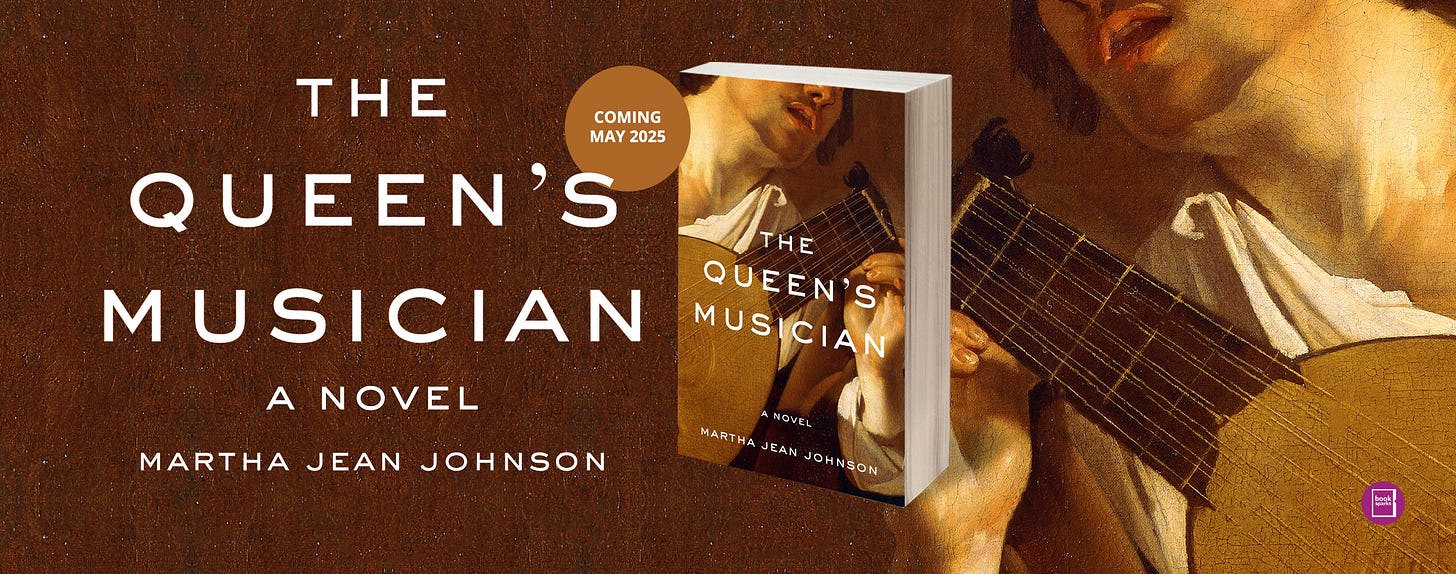So Which Was Better? The Movie or the Book?
Filmmakers say we should expect changes when novels hit the silver screen
Signing a movie deal might seem like a novelist’s dream come true, but some writers detest the end result. Truman Capote loathed Breakfast at Tiffany’s—he wanted Marilyn Monroe to play the Audrey Hepburn role. P. L. Travers hated Walt Disney’s Mary Poppins. Two unhappy authors. Two beloved films.
And it’s not just the authors. Readers can be judgmental too. Sometimes I happily immerse myself in an onscreen adaptation. Sometimes I think the movie ruined the book.
Turning a novel into film requires making changes—each medium has its own demands. According to the movie mavens at Films on a Shoestring, here are some differences authors and readers should expect:
Books can be hundreds of pages long, but audience viewing time is limited. Filmmakers may eliminate subplots, scenes, and characters to in order to shrink the material. Hilary Mantel’s Wolf Hall and Bring Up the Bodies portray Thomas Cromwell’s rise and Anne Boleyn’s fall. Both won a Booker Prize. But when scriptwriters began adapting them for a six-part BBC drama, they had to fit more than a thousand pages of narrative into 360 minutes. The books open with long lists of historical figures, along with helpful family trees. The TV series zeroes in on dialogue among some twenty or so main characters.
It’s not that the TV version is skimpier. The settings, costumes, acting, lighting, and music convey a wealth of information. A writer could never describe every character in a scene—the person’s clothing, accent, facial expressions, gestures, and body language. But films can, and Mantel herself called TV’s Wolf Hall “sumptuous.” Both versions are effective, despite taking different paths into your brain. And both obscure the cruelty of the real life Thomas Cromwell. They tell gripping tales, but they are sugarcoated history.

Critic Roger Ebert considered James Joyce’s The Dead “one of the greatest short stories in the language” and initially judged it “unfilmable.” Joyce’s longish short story depicts a man attending a holiday party in turn-of-the-century Dublin. After the gathering breaks up, the protagonist muses about all those who have died and what their lives have meant. Joyce wrote: "His soul swooned slowly, as he heard the snow falling faintly through the universe, and faintly falling, like the descent of their last end, upon all the living and the dead."
How can a film capture the sheer beauty of Joyce’s words? In John Huston’s 1987 movie, an actor recites an interior monologue—a solution that worked for Ebert, but not for me. I find the film inert while the short story is mesmerizing. But I urge you to compare the two. I’d enjoy learning what you think.
Films and TV use visual images to set a mood and create suspense. That’s their secret sauce. Consider Dune’s panoramic, seemingly endless deserts or 2001’s dark, chilly, lonely outer space. According to our film mavens, “directors may add in new scenes, alter existing ones, or change the order of events” in order the play up a story’s visual content.
As a fan of C. J. Sansom’s Matthew Shardlake books, I wondered how the Hulu TV series would recreate his complex, moody characters and twisty Tudor mysteries. But I readily accepted Arthur Hughes and Anthony Boyle as lawyer Shardlake and his sidekick, Jack Barak—they give subtle, layered performances. Sean Bean’s Thomas Cromwell is sinister and slick. The ominous chiaroscuro settings are wonderful, suggesting the dangers and deceptions of the Tudor world. The “look” of the series is among its most memorable qualities.

Casting popular actors can bolster a film’s financing and potential audience. Stars have the gift of commanding the screen. But as our movie experts point out, a star’s “physical attributes, mannerisms, and dialogue can either enhance or detract” from the author’s intent.
As a girl, I loved Little Women, Louisa May Alcott’s tale of four young girls coming of age during the Civil War. I’ve watched multiple film and TV versions, but the actors playing Meg, Jo, Beth, and Amy rarely match the images I have in my head. Katharine Hepburn, June Allison, and Winona Ryder are superb performers, but none of them is my quick-tempered, adventurous Jo. My Amy is definitely not Elizabeth Taylor wearing a blond wig. She’s gorgeous and talented, but she’s not Amy.

Most novelists put considerable effort into writing engaging stories, and many rely on “beta readers” to determine whether their plots are absorbing and end satisfactorily. But just because an author has decided on a specific story line doesn’t mean the film will replicate it. “It is common,” our movie mavens tell us, “for filmmakers to change the endings . . . to cater to audience expectations.” Major studios may test viewer reactions in focus groups or pre-release screenings. Directors may rework a plot to make it more contemporary or give it their own creative stamp.
I’ll return to Little Women here. In the book, Jo is a budding writer, but in the 2019 Greta Gerwig film, she publishes her first book. The director includes a stunning sequence showing the novel being printed, stitched together, and bound in red leather. This addition makes the story more aspirational and relevant for modern viewers. I doubt Alcott would have objected.
The Gerwig film is visually beautiful, offering a series of glowing, painterly scenes. And this time, I’m quite comfortable with the actors playing most of the parts. There is one exception. In the novel, Jo eventually finds love with the frumpy but honest Professor Friedrich Bhaer: “He hadn’t a really handsome feature in his face.”
Readers believe Jo will be happy, just not with a fairy tale prince. But Gerwig cast the very nice-looking actor, Louis Garrel, as the professor, and many applaud her decision. Jo’s suitor is now charming, sexy, and romantic. And yet I wish Gerwig had stayed closer to Alcott’s original. For me, the film undercuts one of Little Women’s most generous ideas—that a gentle heart and benevolent intelligence can matter more than an attractive face.
Despite my qualms over the various adaptations of Little Women, I often adore films of my favorite books. Many of the Jane Austen productions are glorious—deft, witty, and transporting. My favorite might be the 1995 BBC Two adaptation of Persuasion with Amanda Root as Anne Elliot and Ciarán Hinds as Captain Wentworth: A-plus on the performances, the country houses, the Lyme Regis seaside visit, the music, and the penultimate scene in Bath.
Anne and her captain stand in a classic, columned city square. They are finally alone. They speak a few words, but their faces say most of what they want to say. They kiss and walk away arm in arm as a traveling circus of jugglers and clowns passes them by. How much better does it get?
Now, here are my questions for you:
Do filmmakers have any obligation to authors and readers to stay close to the original? What is their responsibility?
When you think of movies based on your favorite novels, are there some you’d recommend?
Have you ever felt cheated or disappointed by a film adaptation? Are some better than the book?
Let us know in the comments—the more the merrier.








Martha- I tend to always say book is better but there definitely are some adaptations that stood out as generally improving the story. And there are a couple of Austen pieces that stood out. In my opinion, the latest Emma is one of them. Thanks for this fun thought process!
I actually came to a book through a movie - The English Patient. I loved that story, and wanted to read the book. To my surprise, the movie focused on one small part of the book which was expansive. But I also found that the director and writer worked together to make the film. Here's a quote:
“[R]ight from the start, all three of us [Michael Ondaatje, director Anthony Minghella, and producer Saul Zaentz] never wanted the film of The English Patient to be a dutiful version of the book. None of us wanted just a faithful echo. I knew my story’s shape and various swerves and plots would not go unscathed. There would be translations of form and emphasis.” Michael Ondaatje 1997
I also loved Persuasion with Amanda Root and Sense and Sensibility with Emma Thompson. My fav Pride and Prejudice is with Jennifer Ehle and Colin Firth wading through the pond! BUT...the movies are mostly story and scenery. The books make me laugh. I did once introduce my sister to P&P; she was watching it on video completely enthralled to the point that she refused to stop to greet our mother who'd just flown in for a visit!